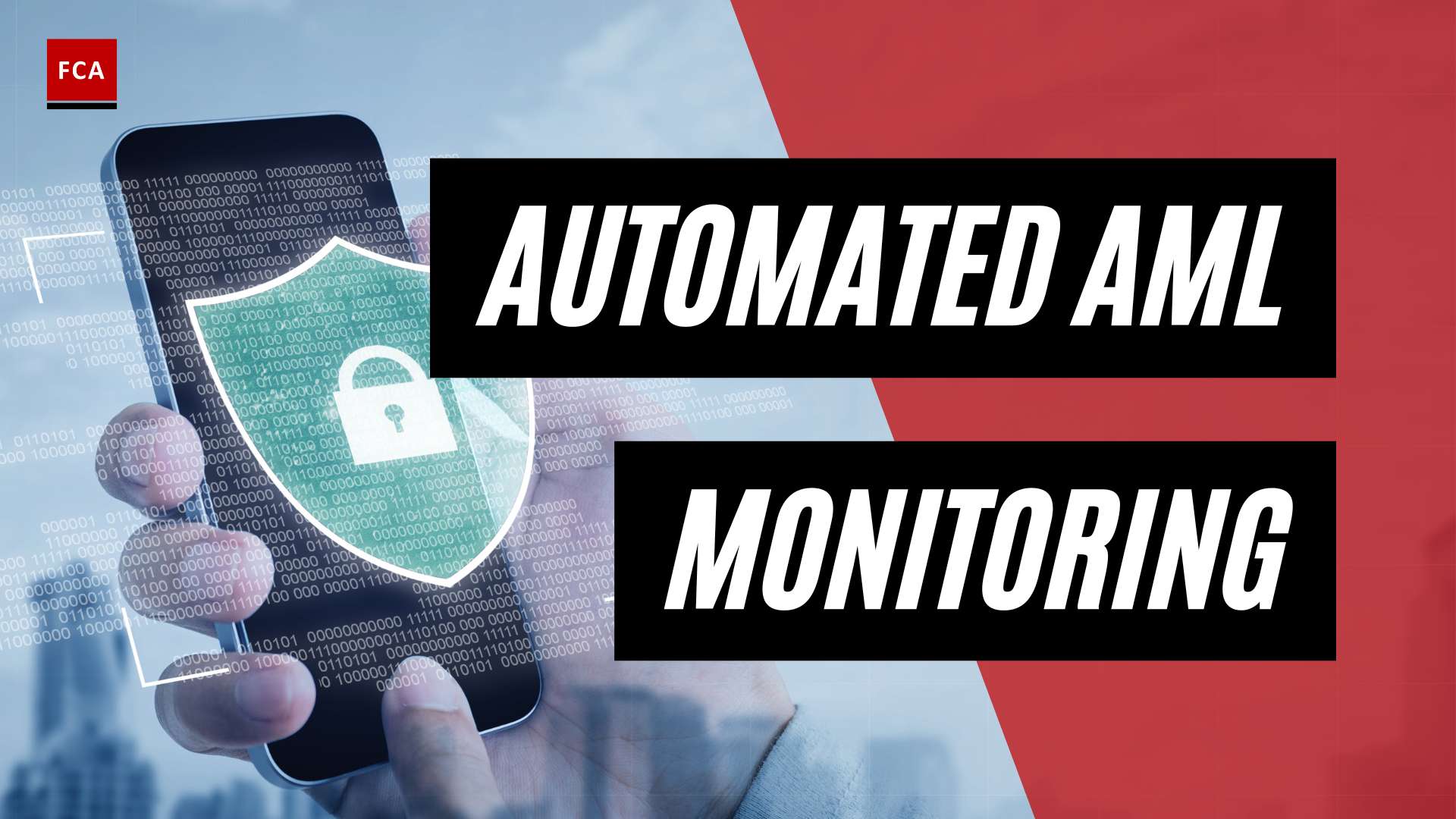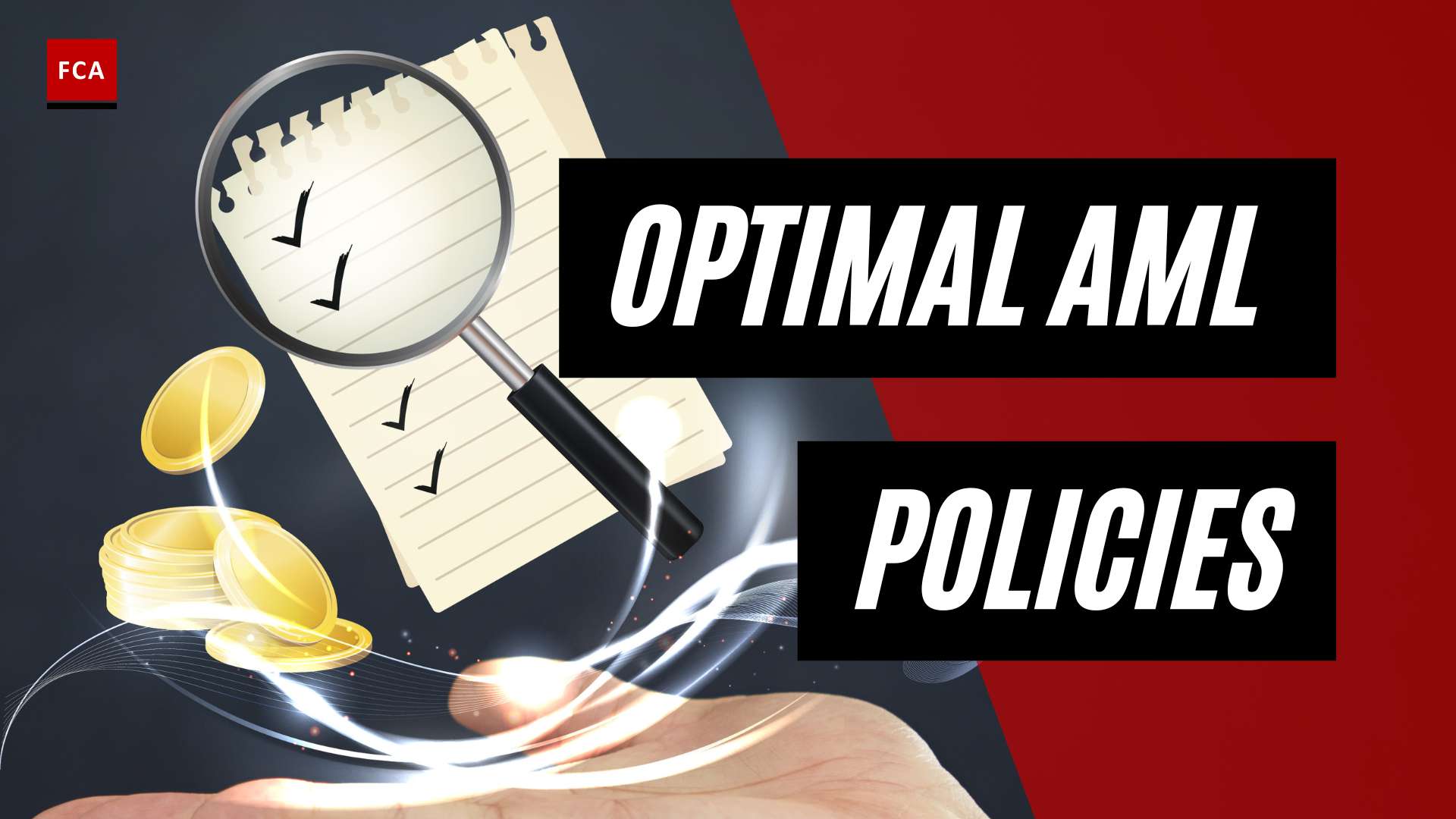The performance of periodic financial crime reviews requires appropriate planning and monitoring. The review procedures adopted by the anti-financial crime function should be standardized, relevant, and sufficiently consistent on an entity-wide basis enabling it to aggregate financial crime information in a systemic way to identify any patterns or trends of weak compliance controls.

Periodic Financial Crime Reviews Planning and Performing
Anti-financial crime control review processes should include verification of key information used in compliance reports to Management and the Board. The compliance team reviewed periodic financial crime-related risk and controls self-assessments or RCSA exercises performed by different entity functions to identify the high and medium-level financial crime risks and controls. The compliance team checks the health of controls, where controls are tested for selected samples of transactions.
The compliance performs independent anti-financial crime reviews based on a representative sample of the material and high-risk activities regularly where non-compliance may have serious financial and compliance implications resulting in reputation and financial and operational losses.
The compliance reviews should, at a minimum, cover the areas like awareness of financial crime risks and compliance requirements by the department and process owners, adequacy of compliance controls, accuracy of returns submitted to the regulatory authority, and the actions required to fulfill the control gaps.
The head of the anti-financial crime function reviews all the compliance reviews performed during the period. The significant compliance issues are segregated and analyzed in detail, requiring discussion with stakeholders such as departmental heads, heads of legal affairs, etc. The responses are consolidated and discussed with the departmental heads and the CEO of the entity.
The material financial crime risks and issues are placed before the anti-financial crime committee meeting for review and feedback. Based on the facts presented, the committee issues further instructions and feedback to ensure that weak internal controls are strengthened, and measures are taken to protect the entity from the consequences of financial crime risks and issues.

The management follows the committee’s instructions and guidance, applies the instructions received, and reports to the committee back in its next meeting through the head of the anti-financial crime function.
Financial institutions are struggling to meet their financial crime compliance obligations in the face of increasing regulatory demands, rising cost pressures, and a legacy of inefficient technology and operations, resulting in significant compliance risk and the threat of regulatory censure/fines, but also a greater emphasis on administrative tasks rather than risk management.
Financial institutions require a cost-effective, long-term (and scalable) solution to financial crime risk detection and investigation that employs cutting-edge technology such as workflow, analytics, Robotic Process Automation (RPA), and machine learning to improve and accelerate risk detection and remediation. They also necessitate close monitoring of the regulatory framework and changes.
Final Thoughts
Current AML compliance processes are dominated by manual, repetitive, and data-intensive tasks that are perceived as ineffective in disrupting money laundering activity. Given the low impact of current AML efforts, as well as the increasing complexity of threats and volume of data to analyze, the time has come to investigate the capabilities of artificial intelligence (AI), which has the potential to enable a significant change in AML capability and provide a means to scale and adapt to the modern threat of money laundering.








